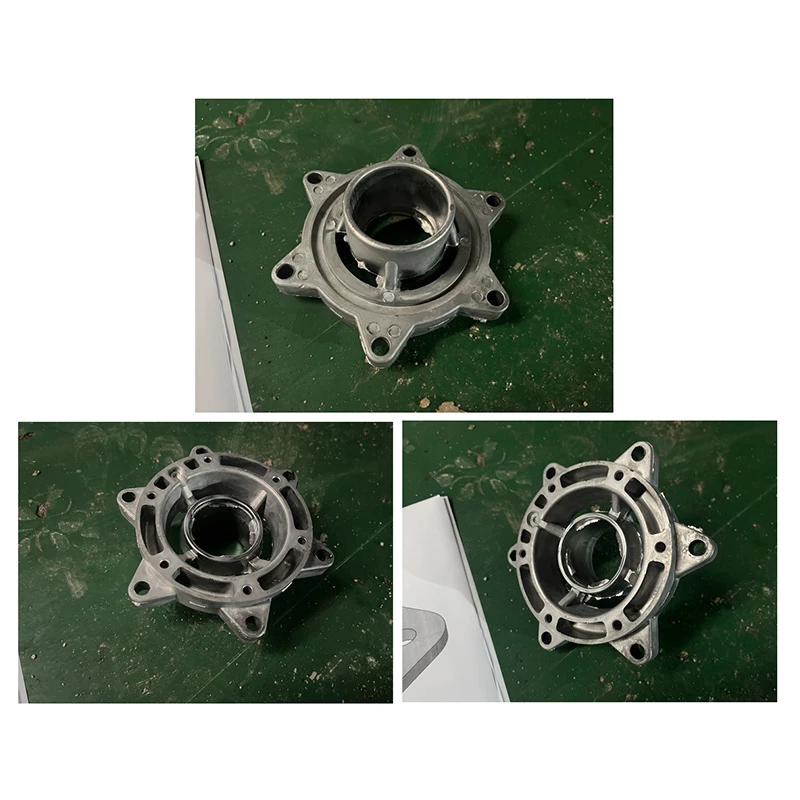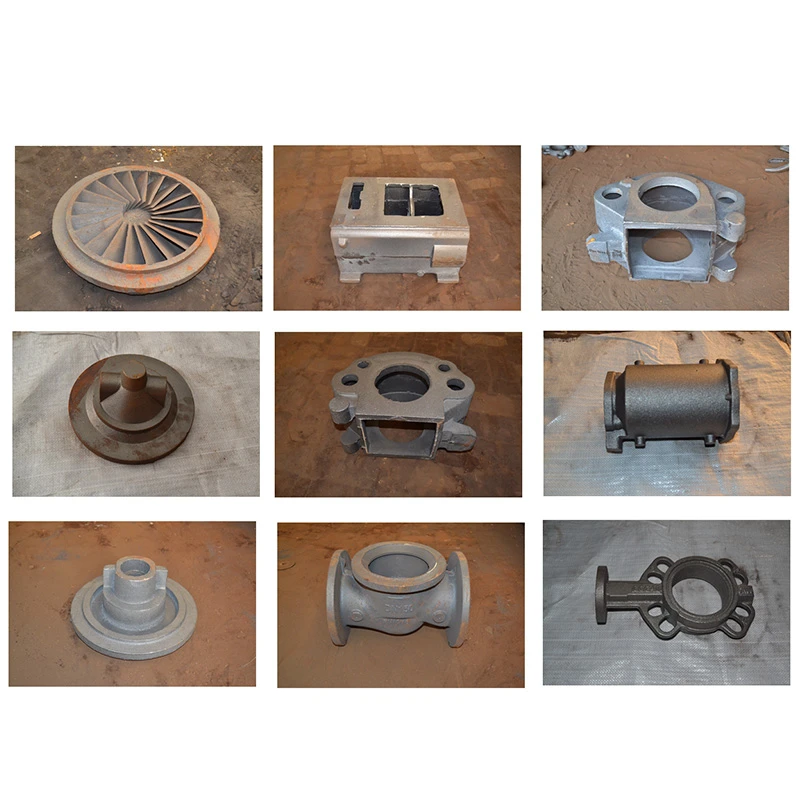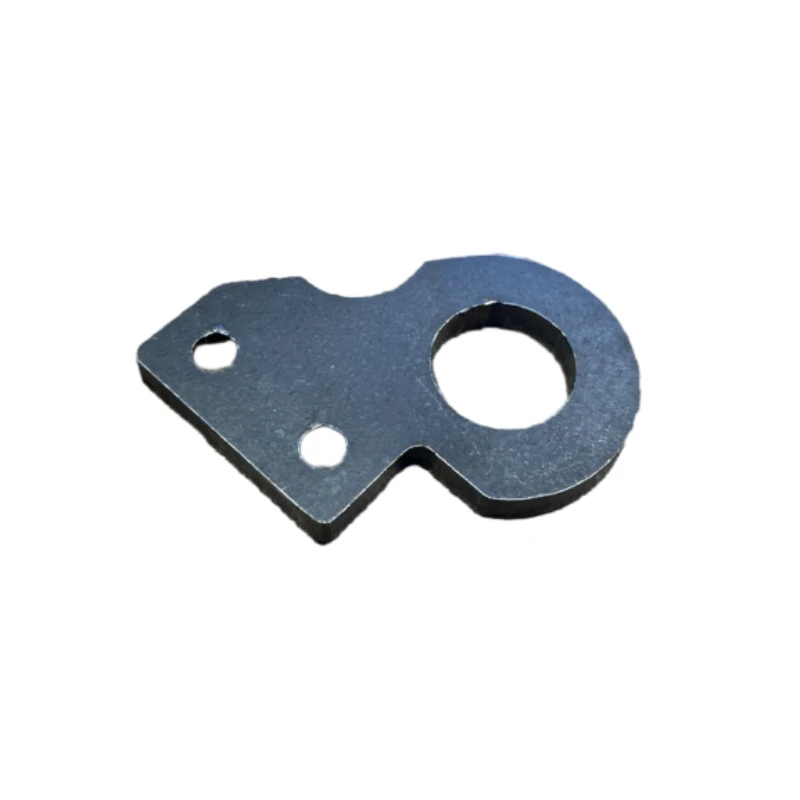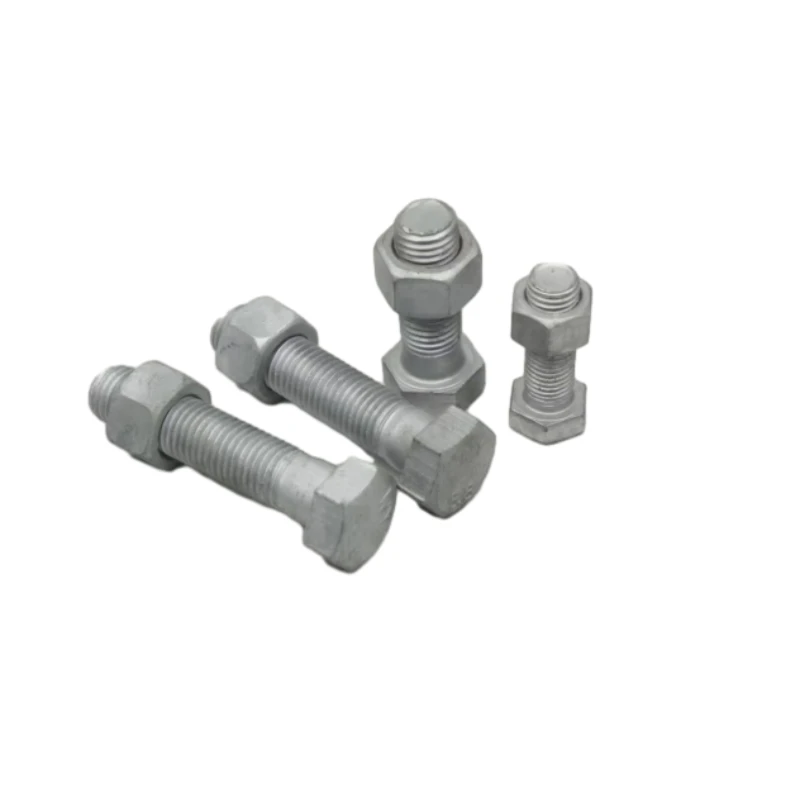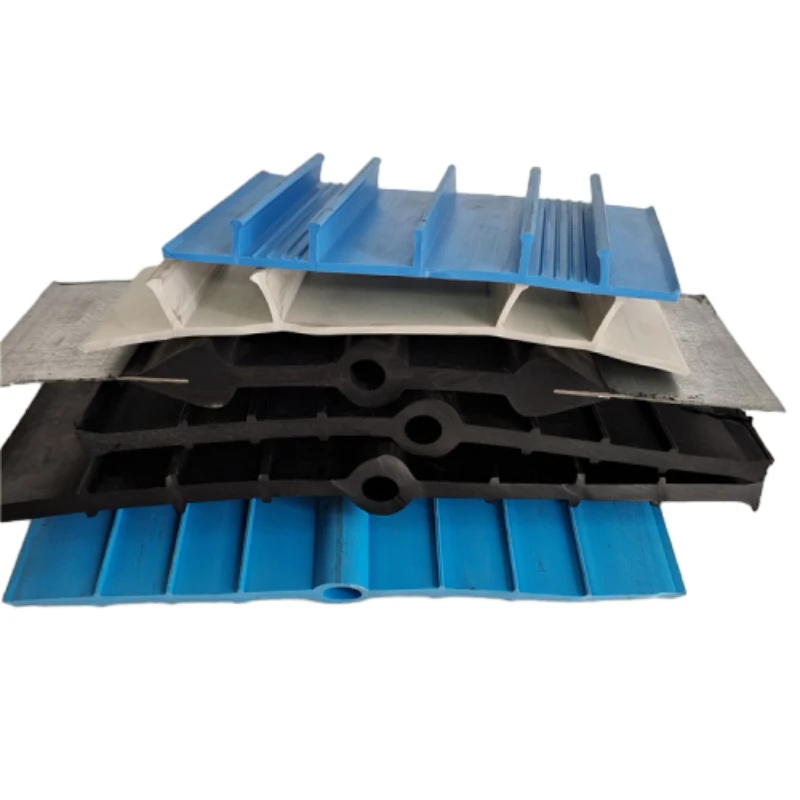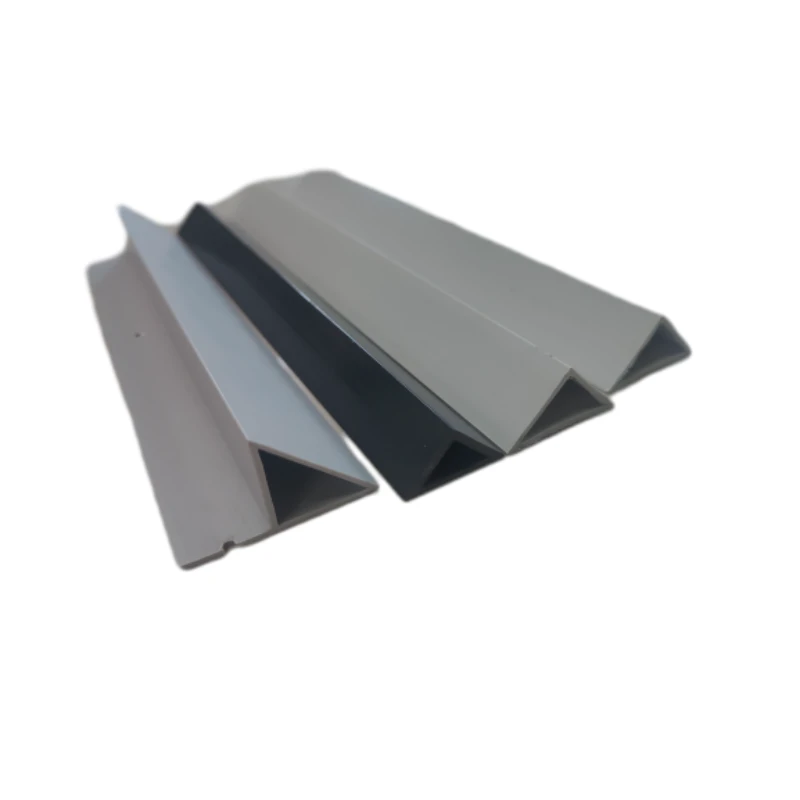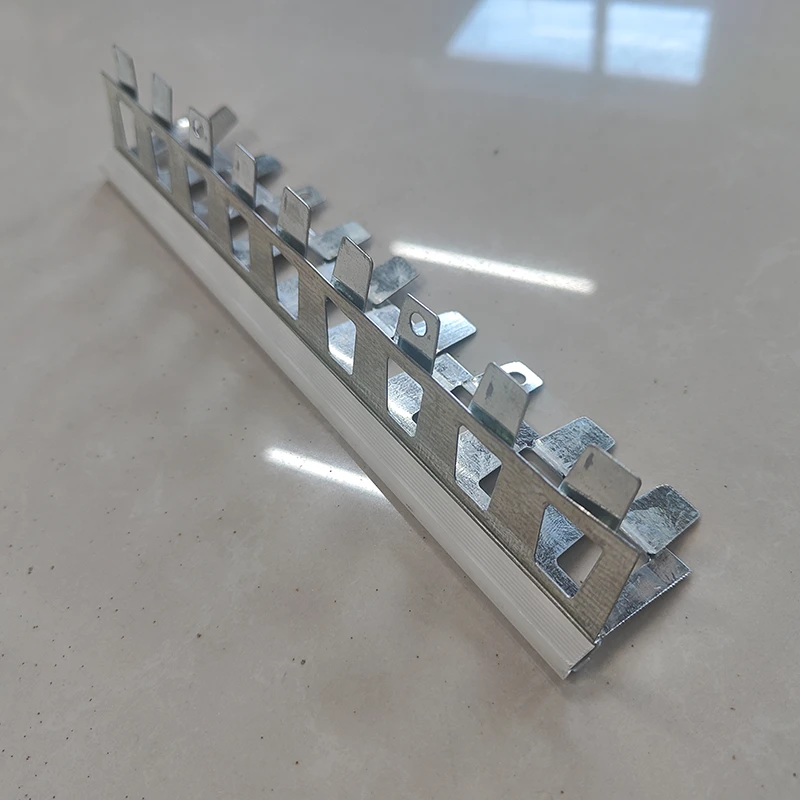- Phone: +86 132 8320 1810
- Email: annie@wrkgroup.ltd
-
- Afrikaans
- Albanian
- Amharic
- Arabic
- Armenian
- Azerbaijani
- Basque
- Belarusian
- Bengali
- Bosnian
- Bulgarian
- Catalan
- Cebuano
- China
- China (Taiwan)
- Corsican
- Croatian
- Czech
- Danish
- Dutch
- English
- Esperanto
- Estonian
- Finnish
- French
- Frisian
- Galician
- Georgian
- German
- Greek
- Gujarati
- Haitian Creole
- hausa
- hawaiian
- Hebrew
- Hindi
- Miao
- Indonesian
- Italian
- Japanese
- Javanese
- Malay
- Persian
- Portuguese
- Punjabi
- Russian
- Spanish
- Swahili
- Telugu
- Vietnamese
Jul . 23, 2025 09:01 Back To List
Bridge Formwork Systems for Efficient Construction Solutions
Introduction: The Evolution of Bridge Formwork Systems
In the sphere of modern infrastructure development, bridge formwork systems have earned a pivotal role, enabling the safe and efficient construction of structures that define urban connectivity. This article offers an in-depth exploration of bridge formwork systems, illuminating their technological advancement, practical applications, and the contributions of leading companies such as CANGZHOU WORLD CUP TRADING CO., LTD..
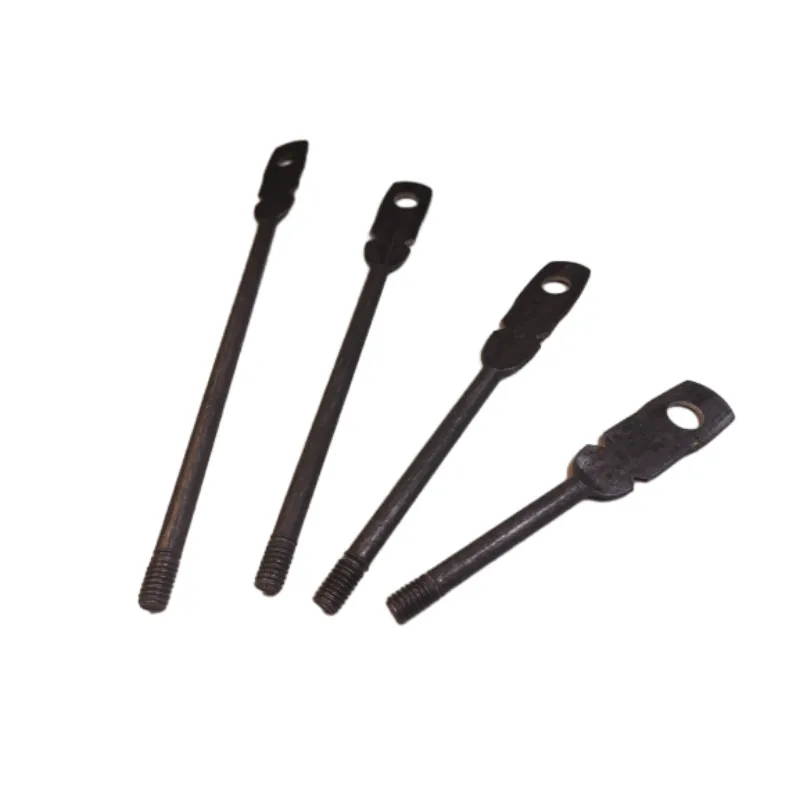
Industry Trends: The Shifting Dynamics of Bridge Formwork Systems
The global construction sector, driven by demands for sustainability and efficiency, has witnessed significant innovation in bridge formwork systems. Trends such as modularization, reusable shuttering solutions, digital monitoring (IoT), and advanced composite materials are revolutionizing how builders approach bridge permanent formwork, bridge pier formwork, and associated shuttering hire services.
According to the Engineering.com Forum, there is a pronounced shift towards lightweight systems with higher load-bearing capacities, able to accommodate rapid installation and disassembly (see forum discussion here). Demand is also surging for builders formwork hire as contractors look to minimize costs while ensuring compliance with evolving standards.
Technical Parameters: Bridge Formwork Systems At a Glance
| Parameter | Range | Industry Standard | Application |
|---|---|---|---|
| Formwork Material | Aluminum, Steel, Timber, Composite | EN 12812/12813, ASTM A36 | Deck, Pier, Slab Shuttering |
| Load Capacity | 50–120 kN/m2 | DIN 18202 | Main Girder Support |
| Reusability Cycles | 50–500+ | ISO 9001 | All Formwork Types |
| Panel Width | 600–3200 mm | ISO 3766 | Deck & Side Shuttering |
| Panel Thickness | 12–21 mm (Plywood), 2–4 mm (Metal Skin) | ASTM D1037 | Wall/Pier Form |
| Support Spacing | 450–1000 mm | EN 1991-1-1 | Beam/Girder Formwork |
| Fire Resistance | 1–2 Hours | BS 476 | Deck Slab Formwork |
Applications: Where Are Bridge Formwork Systems Used?
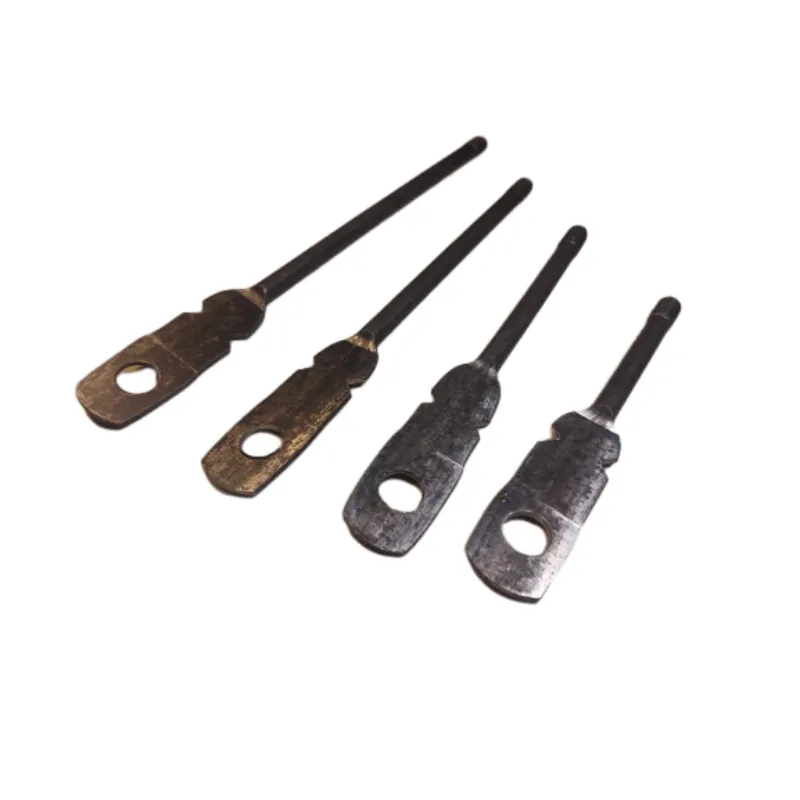
- Bridge permanent formwork: Used in the construction of box girders, T-beams, and slabs to provide enduring support and minimize site labor.
- Bridge pier formwork: Precision formwork enabling creation of piers of varying geometries and heights with consistent load distribution.
- Bridge shuttering: Temporary or permanent shuttering for edge beams, parapets, and expansion joints.
- Builders formwork hire: Contractors rent high-performance formwork to flexibly manage changing project needs and volume demands.
- Precast segment erection: Modular panel systems and bridge formwork systems for casting segments off-site.
- Urban flyovers and expressways: Fast assembly and adaptive geometry solutions for complex, multi-span structures.
The utilization of bridge formwork systems is integral to successful modern infrastructure projects, offering not only mechanical strength but also enabling safer, repeating, and more cost-effective construction cycles.
Enterprise Spotlight: CANGZHOU WORLD CUP TRADING CO., LTD.
With decades of sector experience, CANGZHOU WORLD CUP TRADING CO., LTD. (Official Website) stands at the forefront of the bridge formwork systems industry. Specializing in the manufacturing and global supply of high-performance systems and accessories, the company merges continuous product innovation with rigorous quality control as documented by internationally recognized standards (see ScienceDirect, 2018).
Email: annie@wrkgroup.ltd
Address: DEVELOPMENT AREA OF BOTOU, CANGZHOU CITY, HEBEI PROVINCE, CHINA
Product Focus: AL-Formwork Sepa Tie – The Backbone of Formwork Systems
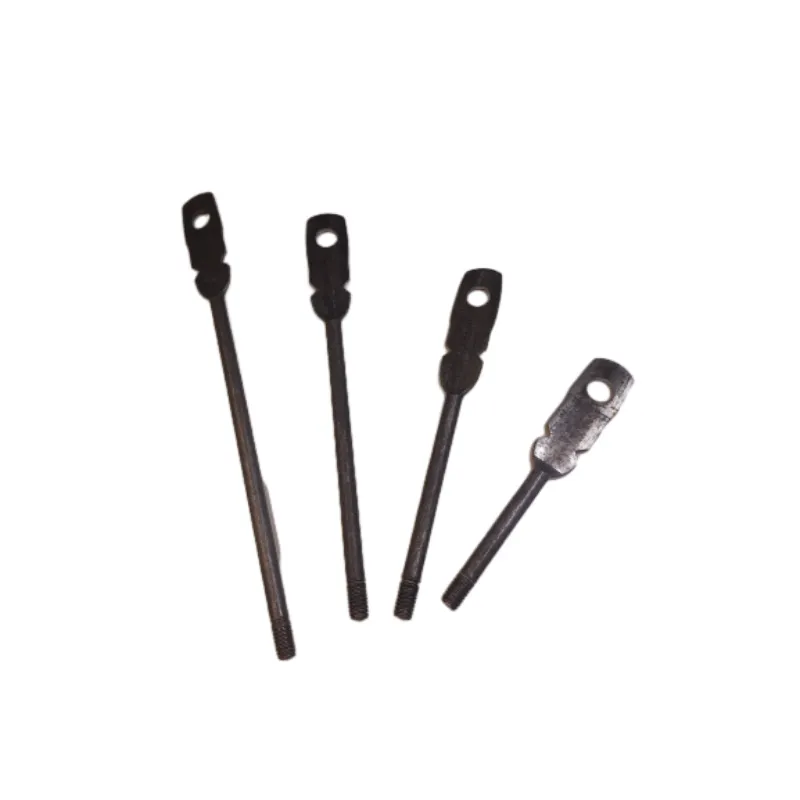
The AL-Formwork Sepa Tie, manufactured by CANGZHOU WORLD CUP TRADING CO., LTD., epitomizes reliability and technical sophistication in bridge formwork systems. Commonly hailed as the "Backbone of Formwork Systems", Sepa Tie connects opposite sides of formwork panels, controls concrete thickness, and ensures critical load transfer throughout erection and pouring.
Key Features & Benefits:
- High-strength alloy steel or aluminum construction with corrosion-resistant coating
- Precision thread design for easy, fast, and safe assembly/disassembly
- Supreme reusability: rated for 50–200 cycles depending on project conditions
- Compatible with most modular bridge, pier, and permanent formwork systems
- Proven compliance with EN 12812, ASTM A615, and ISO 3766 structural standards
Explore technical documentation and 3D product renders at AL-Formwork Sepa Tie Product Page.
Technical Data Comparison: AL-Formwork Sepa Tie
| Model | Material | Tensile Strength (kN) | Diameter (mm) | Length (mm) | Reusability |
|---|---|---|---|---|---|
| AL-SEPATIE-A | Alloy Steel | 90 | 16 | 115, 170, 250 | 150 cycles |
| AL-SEPATIE-B | Aluminum Alloy 6061-T6 | 65 | 14 | 100, 160, 200 | 120 cycles |
| AL-SEPATIE-HV | HS Steel | 108 | 18 | 120, 250, 320 | 200 cycles |
Professional FAQ: Key Terms in Bridge Formwork Systems
A: Modern bridge formwork systems use high-strength aluminum, alloy steel, and, for some applications, advanced composites, as they combine lightweight mobility with excellent durability and environmental resilience.
A: Panel thickness is selected based on structural load, anticipated concreting pressure, and deflection limits. Common ranges are 12–21 mm for plywood and 2–4 mm for steel face panels.
A: Installation follows standards like EN 12812 and DIN 4420, emphasizing precise alignment, tightness, safety bracing, and accessibility for concrete placement and inspection.
A: Through static and dynamic load testing (e.g., per EN 1991-1-1), evaluating both panel and accessory performance under design loadings, considering casting heights and vibration effects.
A: Yes, most modular bridge shuttering systems are engineered for 50–500 reuse cycles, making them ideal for both permanent and project-based applications.
A: Key criteria: compatibility with local standards, system flexibility, reusability, accessory availability, supplier support, and documented certification.
A: Regular cleaning to remove concrete residue, inspection for thread wear or corrosion, and storage in a dry environment are crucial for maximizing usable life and ensuring safety compliance.
Conclusion: The Future of Bridge Formwork Systems
Bridge formwork systems serve as a technological foundation for the world's most ambitious infrastructure projects. Companies like CANGZHOU WORLD CUP TRADING CO., LTD. continue to push boundaries in materials science, system design, and digital integration. As global trends demand greater speed, efficiency, and sustainability, the evolution of formwork—supported by precision accessories such as the AL-Formwork Sepa Tie—will be vital to success in bridge construction.
For additional technical reports and discussions on innovation in bridge formwork systems, consult:
- Case studies on advanced shuttering (ScienceDirect Journal of Building Engineering)
- Industry trends forum: Bridge Formwork Trends 2023 (Engineering.com)
- Formwork Accessories Standards (ACI Concrete Abstracts)
Latest News
-
High-Quality Concrete Form Tie Solutions for Durable Formwork SystemsNewsJul.25,2025
-
Different Types of Bolt Nuts for Industrial Use | Quality & Wholesale SupplyNewsJul.24,2025
-
High-Quality Reinforced Concrete Formwork for Roof Beam Shuttering SolutionsNewsJul.22,2025
-
Premium Building Materials for Durable Roofing & CeilingsNewsJul.22,2025
-
Durable Scaffolding Pins for Sale | Secure Scaffold FastenersNewsJul.21,2025

